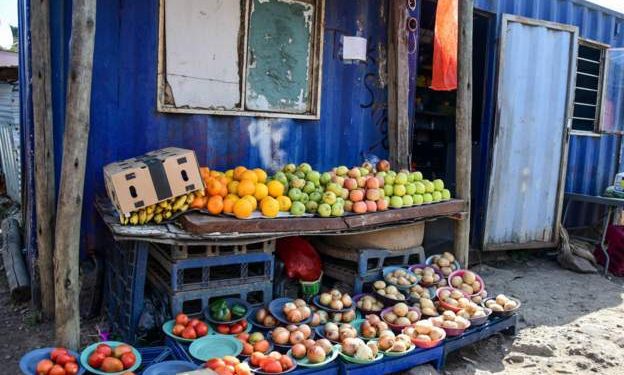Food price index report published by the Food and Agriculture Organisation of the United Nations (FAO), indicate that, world food commodity prices remained relatively stable in November, with lower prices for cereals offset by higher prices for vegetable oils.
The report showed that the average price of a basket of globally-traded food commodities remained unchanged in November 2023, as compared to the previous month.
This stagnation in prices is no in contrast to the 10.7 per cent decline that was observed in November 2022, indicating that prices have somewhat stabilised. However, the index still remains significantly higher than in the past, a reflection that the cost of food is still a significant concern for many households.
The FAO Food Price Index is based on the prices of five commodity groups: cereals, oils and fats, dairy, meat, and sugar.
The FAO Cereal Price Index, which tracks the prices of key staple grains such as wheat, rice, and maize, fell by 3.0 per cent in November. The decrease was primarily driven by a 5.6 per cent drop in the price of coarse grains, led by a sharp decline in maize prices.
Wheat prices also fell by 2.4 per cent, while the price of rice remained stable. The FAO All Rice Price Index, which tracks prices of different types of rice from various origins, did not see any change in prices between October and November.
The vegetable oil price index, which tracks prices of vegetable oils such as palm oil, soybean oil, and rapeseed oil, increased by 3.4 per cent in November. This was largely due to a rebound in palm oil prices, driven by increased demand from major importing countries and seasonal decreases in production in major producing countries.
In contrast, prices of sunflower oil rose only moderately, while soyoil and rapeseed oil prices dropped slightly during the month. These contrasting price movements indicate that the global vegetable oil market remains volatile and sensitive to a variety of factors.
Price Index
The FAO dairy price Index, which tracks prices of dairy products such as butter, milk powder, and cheese, rose by 2.2 per cent in November, largely due to strong import demand from Northeast Asia for butter and skim milk powder.
In addition, internal demand for dairy products in Western Europe increased ahead of the winter holidays. These factors helped to push up prices despite the continued global supply surplus of milk and dairy products.
The FAO sugar price index, which tracks the prices of sugar from major producing countries, rose by 1.4% in November. This increase was largely driven by concerns over global export availability, as Thailand and India – two of the world’s leading sugar exporters – experienced a decline in production due to severe dry weather conditions caused by the El Niño phenomenon.
The FAO meat price Index was down 0.4 per cent in November, primarily due to lower prices for poultry, pig, and bovine meats. This decline was largely attributed to the abundant supply of these meats in export markets, driven by an increase in global production. Despite the dip in prices, the FAO meat price index remains significantly higher than it was a year ago, reflecting the continued strong demand for meat products worldwide.
According to the FAO’s Cereal Supply and Demand Brief, the world’s cereal production is projected to reach a new record high of 2 823 million tonnes in 2023, an increase of 0.9 per cent from the previous year and 10.3 million tonnes above the previous record set in 2021.
Looking ahead to the 2024 harvest season, the FAO report noted that the planting of winter wheat crops is underway in the northern hemisphere, and area growth may be limited due to lower crop prices. In the southern hemisphere, where the planting of coarse grain crops such as corn and sorghum is ongoing, Brazil is experiencing slower sowings due to high fertilizer costs and dry weather conditions, while Argentina is expected to see a rebound in planting.
The report also highlighted that the global cereal stocks are expected to remain at a comfortable level in 2022-2023, providing some cushion against potential production shortfalls in the future.
The FAO report projected that world cereal total utilisation will reach 2 813 million tonnes in 2023/24, up 1.1 per cent from 2022/23. Global cereal stocks are forecast to increase by 2.7 per cent from their opening levels and reach a record high.
The report also predicted that the global cereal stock-to-use ratio will reach 30.8 per cent in 2023/24, indicating sufficient supply levels. The forecast for world cereal trade in 2023/24 is slightly lower than in 2022/23, at 468.4 million tonnes, a decline of 1.8 per cent.


Comments are closed.